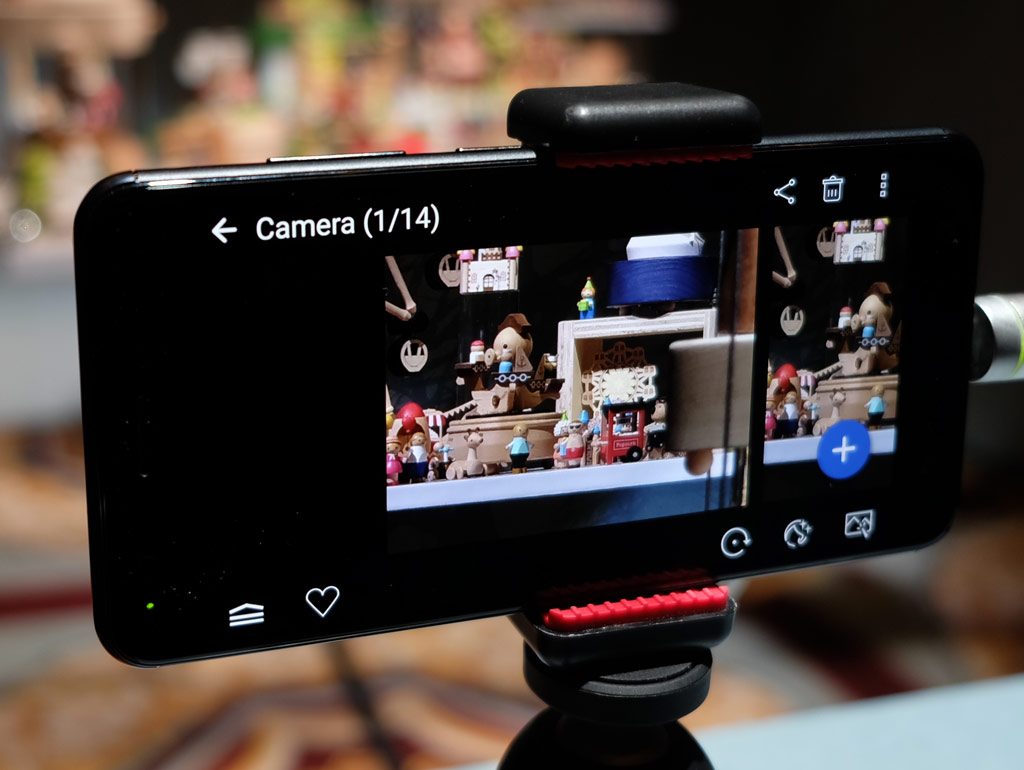
Asus officially entered the augmented reality (AR) and virtual reality (VR) space with its new Zenfone AR smartphone, while focusing on how a camera focuses with its Zenfone 3 Zoom handset. On top of that, it has gone a little bigger with its ZenBook 3 laptop by unveiling a “Deluxe” version.
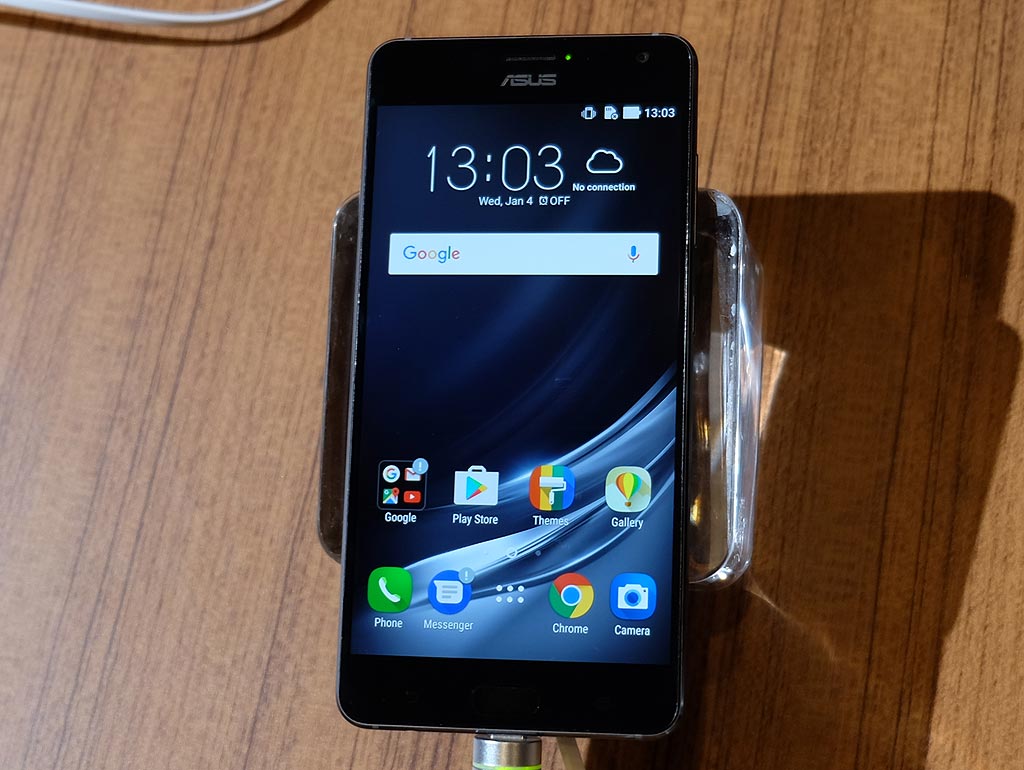
Zenfone AR
Starting with the Zenfone AR, unfortunately, there was no live demo I could try in seeing the compatibility with Google Tango and Daydream VR. Tango is Google’s augmented reality platform that looks to finally come to the masses with various phones in 2017. Using three rear lenses called the TriCam system, the Zenfone AR is able to place virtual objects into a live physical space onscreen. It melds together a 23-megapixel main camera, motion-tracking camera and depth-sensing camera.
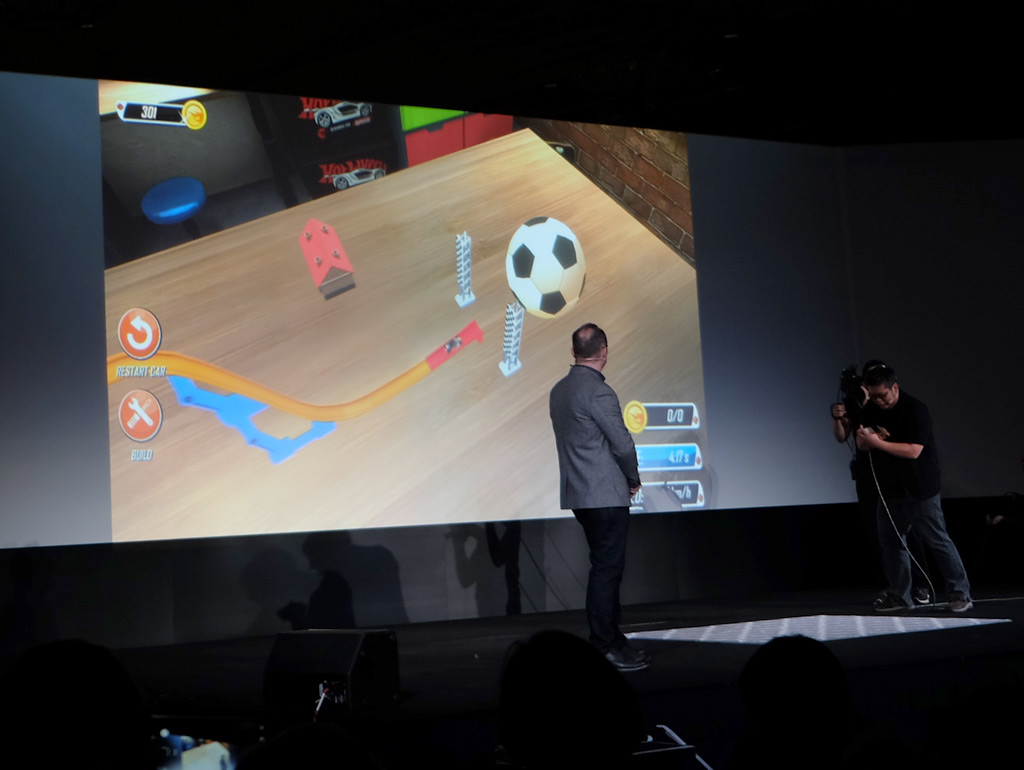
The demo on stage at Asus’ press conference showed an example of trying on virtual Gap clothing both for oneself or to gauge what might fit a friend or family member, for instance. Another was a virtual Hot Wheels playset on a physical table.
On the VR side, the phone will work with the Daydream View VR headset, meaning it will work with Daydream VR apps that play the content. This marks the first time a smartphone has both AR and VR capability out of the box.
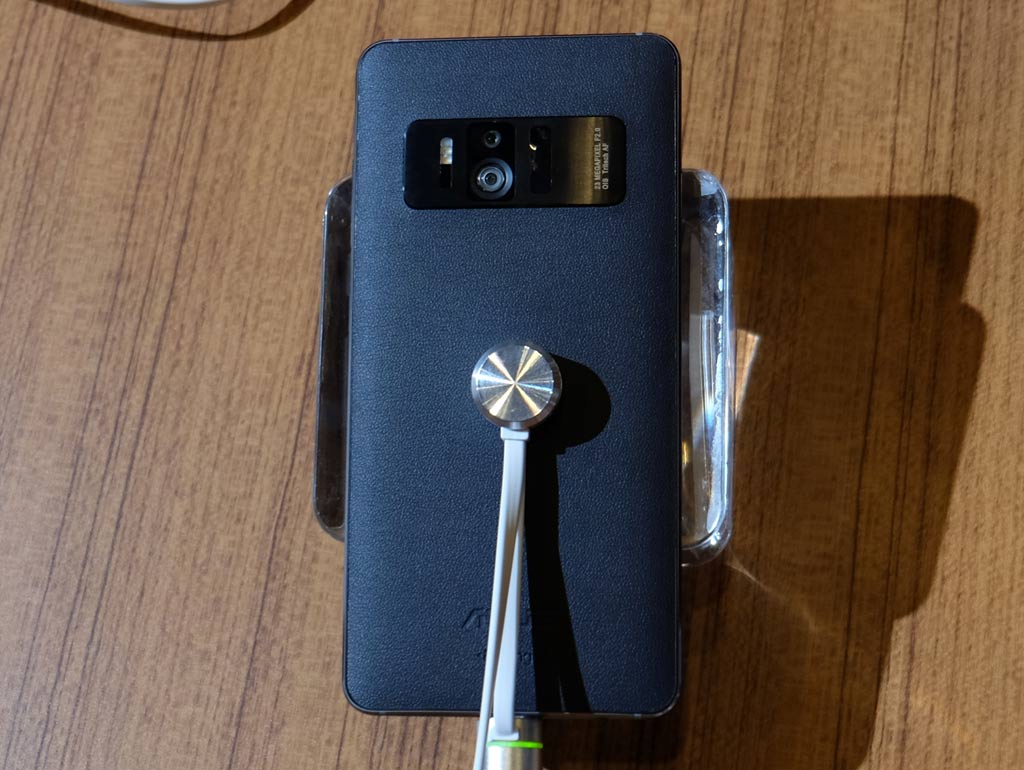
It runs on a Snapdragon 821 processor and is considered the world’s first smartphone with 8GB of RAM. Sporting a 5.7-inch Super AMOLED display, improved audio, and running Android 7.0 Nougat, it is a pretty powerful device to support the type of content expected to run on it.
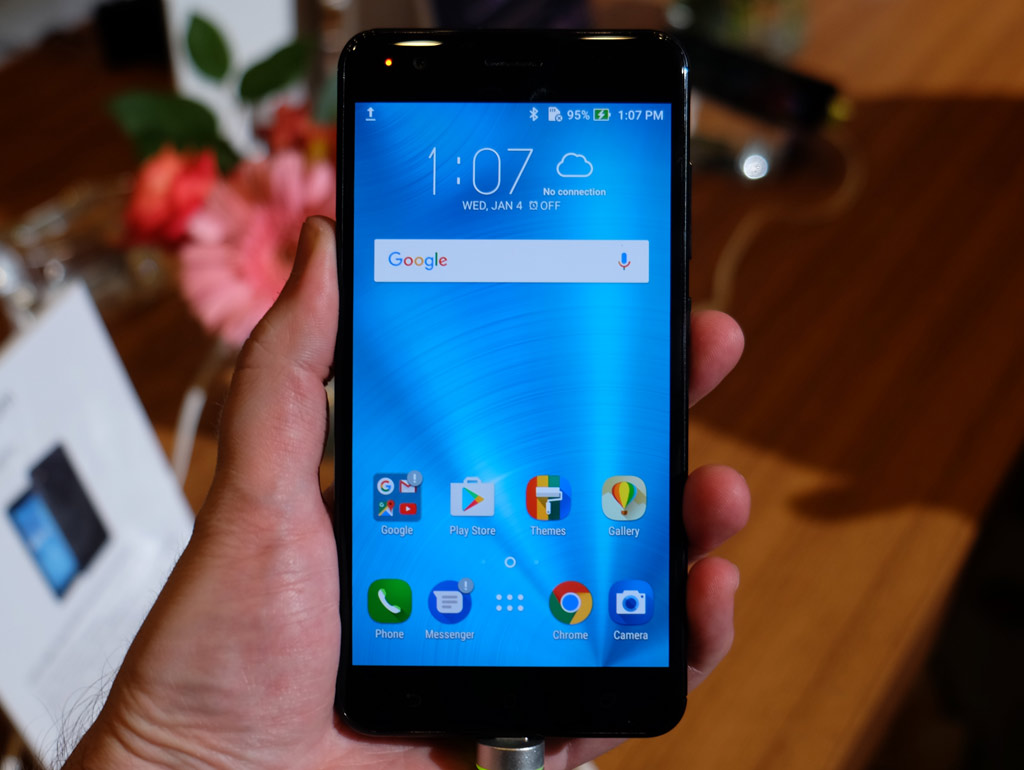
Zenfone 3 Zoom
A “phone built for photographers,” the Zenfone 3 Zoom uses a dual-lens system of two 12-megapixel cameras in the rear. One is a 25mm wide-angle lens with a wide f/1.7 aperture, while the second has a 56mm lens. The idea is to switch between them, depending on the need, where the 56mm lens offers a 2.3x optical zoom — slightly closer than the one found on the iPhone 7 Plus.
Focusing is supposed to be vastly improved using a TriTech+ auto-focus that can zone in on a subject in as little as 0.03 seconds. This includes shooting moving subjects, but without being able to test it during my hands-on, I can’t attest to how true this is. Asus’ SuperPixel camera should help capture sharper and brighter photos at night or in low-light situations. In my basic test, it appears to shoot well under darker conditions, but only field testing will show that for sure.
The Zenfone 3 Zoom has a 5.5-inch display and a large 5000mAh battery. Lightweight at 170g, with a tasteful design that is somewhat similar to the other Zenfones Asus has since released, it runs on a Snapdragon 625 processor.
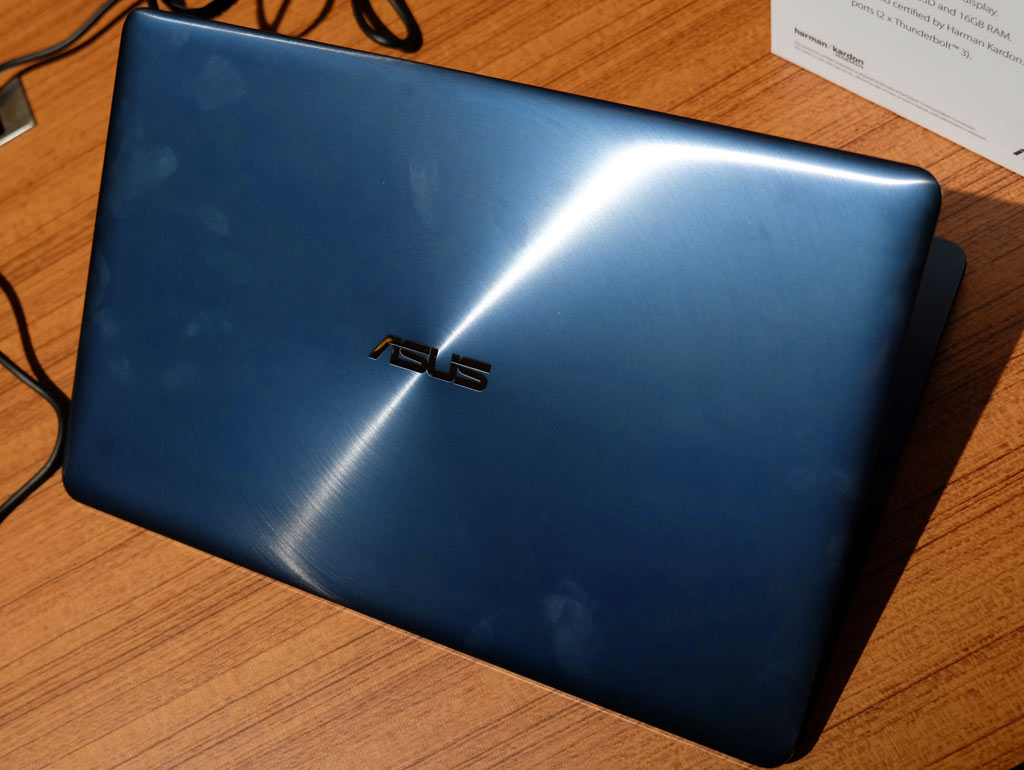
ZenBook 3 Deluxe
The pretty laptop Asus released in 2016 gets a bigger sibling in the Deluxe. The design philosophy is virtually the same, except that the screen gets a bump up to 13.3-inches and 7th-generation Intel Core processors, plus 16GB of RAM and a 1TB SSD drive. There are now two USB-C ports, both of which are Thunderbolt 3-enabled for really fast data transfer speeds.
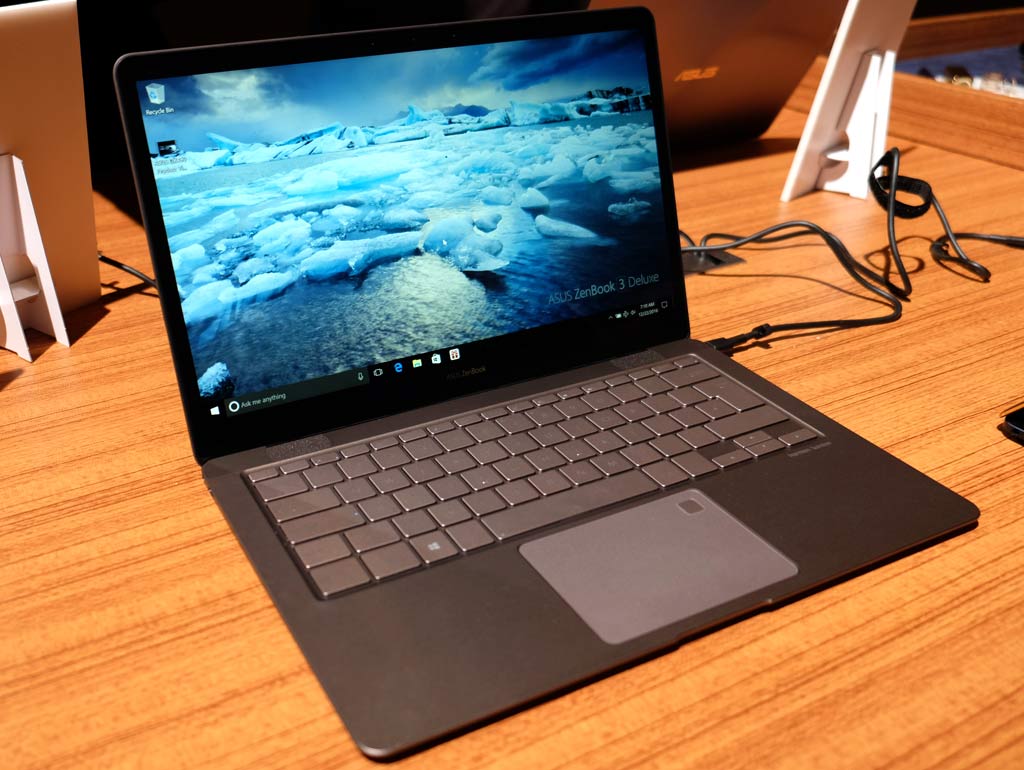
In making this move, Asus is bringing the ZenBook 3 into more of a productivity tool that can handle tougher tasks than its smaller sibling could.
Check out the review of the ZenBook 3, and everything else Asus currently has available.



